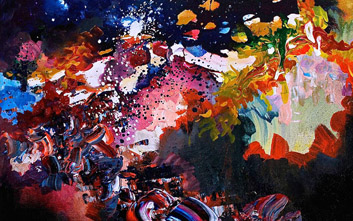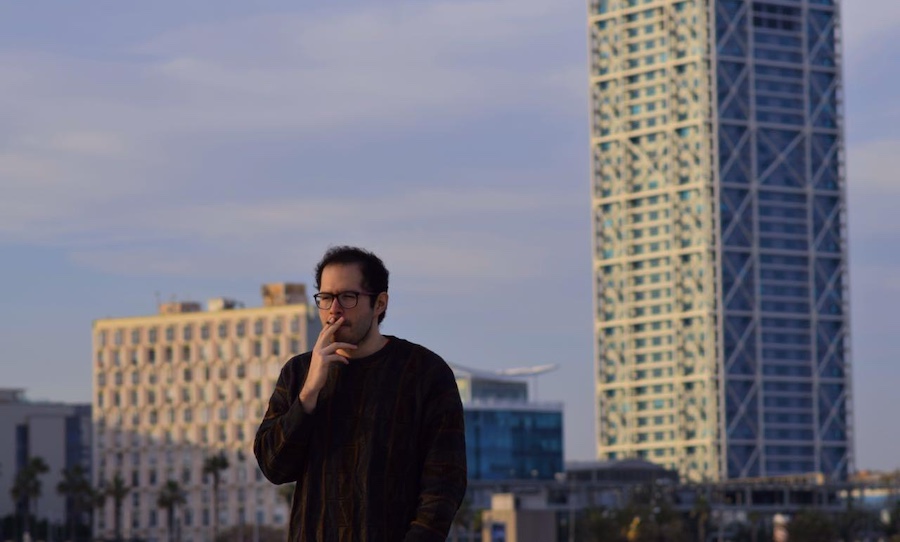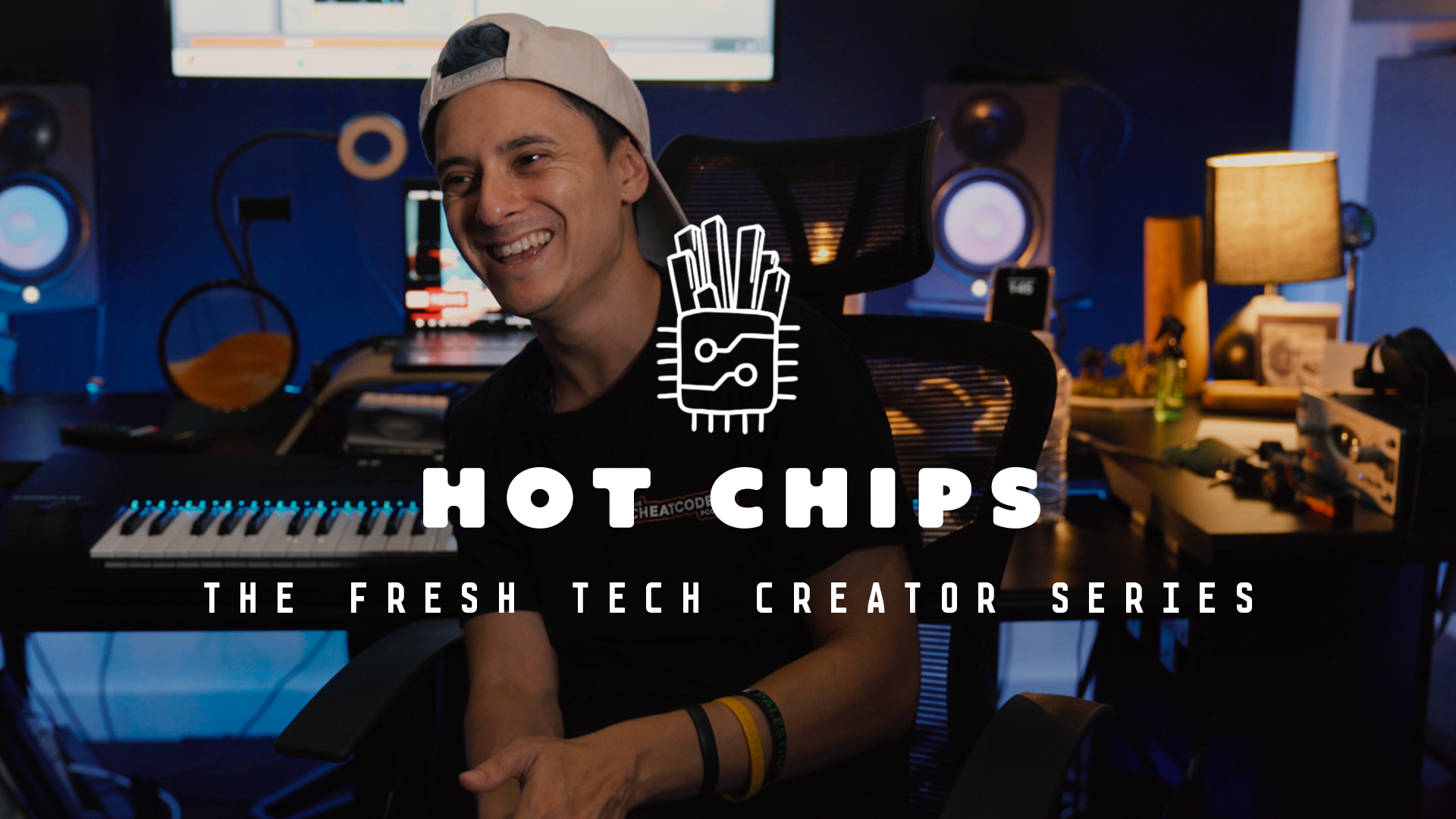Whether you consider yourself a creative or not, at some point you’ve surely asked: do people with a creative mind really see the world differently?
And we’re not talking about belief, philosophy or mentality here, we’re talking about vision. What you see through your two eyes. It’s something that’s almost impossible to prove.
A new study out of the University of Melbourne has attempted to bridge that gap in knowledge, drawing a link between creativity or ‘openness’ and a visual phenomenon called binocular rivalry.

Here’s one for the creative souls of the world: new research out of Melbourne is seeking to answer an age-old question about human creativity.
In their article on The Conversation, the researchers explained the relationship like so:
In our research, published in the Journal of Research in Personality, we found that open people don’t just bring a different perspective to things, they genuinely see things differently to the average individual.
We wanted to test whether openness is linked to a phenomenon in visual perception called binocular rivalry. This occurs when two different images are presented to each eye simultaneously, such as a red patch to the right eye and a green patch to the left eye.
For the observer, the images seem to flip intermittently from one to the other. At one moment only the green patch is perceived, and at the next moment only the red patch – each stimulus appearing to rival the other (see illustration below).

Intriguingly, participants in binocular rivalry studies occasionally see a fused or scrambled combination of both images (see middle frame, above). These moments of “rivalry suppression”, when both images become consciously accessible at once, seem almost like a “creative” solution to the problem presented by the two incompatible stimuli.
Across three experiments, we found that open people saw the fused or scrambled images for longer periods than the average person. Furthermore, they reported seeing this for even longer when experiencing a positive mood state similar to those that are known to boost creativity.
Our findings suggest that the creative tendencies of open people extend all the way down to basic visual perception. Open people may have fundamentally different visual experiences to the average person.
Via The Conversation. Find the full study here.



